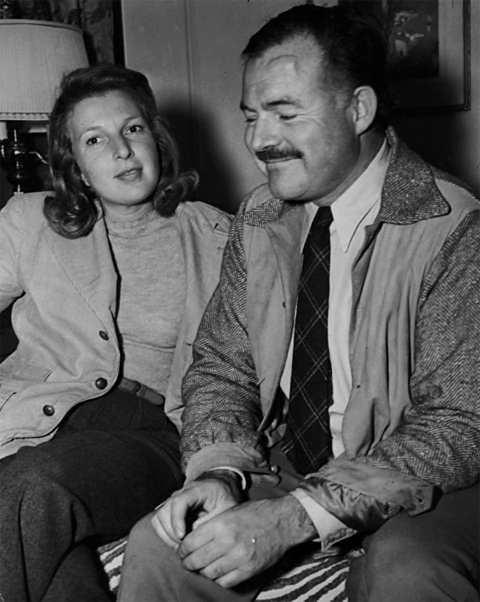Finland, Ukraine and a Wedding at the Cheyenne Depot
When Martha Gellhorn married Ernest Hemingway at the Cheyenne depot in November 1940, he was only a week or two divorced from his second wife, Pauline Pfeiffer, while Gellhorn was only 10 or 11 months back in the States from covering the war in Finland. Finland? you might ask. There was a war in Finland?
There was; a bloody, bitter little war spun off from much bigger wars gathering and forming at the time. When Nazi Germany invaded the western half of Poland in September 1939, Soviet Russia gobbled up the eastern half. Germany and Russia would not be at war for another 20 months. In the meantime, they had agreed not to war on each other. (Hitler’s 1941 decision to break that pact and invade Russia ensured his eventual defeat; had he not done so, the Allies, already losing badly, might quickly have lost the entire war.)
But in late 1939, the Soviets, with most of the world looking the other way, figured it would be a good time to take Finland, which had been a duchy of Czarist Russia until the breakup of that empire after the Russian Revolution and World War I.

Gellhorn by this time had already made a reputation as a war correspondent, filing dispatches to Collier’smagazine from the civil war in Spain. That war ended in a fascist victory in the spring of 1939. Five months later the Nazis invaded Poland and three months after that, the Russians moved on Finland. Collier’s sent Gellhorn to report.
She also wrote novels, novellas, short stories and travel pieces, but Gellhorn is best remembered for her reports from the wars of the 20th century, from Spain through World War II to Vietnam and, in the 1980s, El Salvador and Nicaragua. Recently we returned to her collection of those articles, The Face of War. It includes two pieces filed from Finland, the first from Helsinki as that city was being bombed, the second from fighting in snow-filled, rocky forests on the Karelian Front. The Karelian Peninsula is an isthmus of land north of St. Petersburg between vast Lake Ladoga on the east and the Baltic Sea on the west. If you look at a map, you’ll see it’s a short route from Russia to Finland.
There, for a time, the winter-competent, well-fed, well-led, cheerful and determined Finnish army stopped the Russian advance. Reading Gellhorn’s reports, it’s impossible, now, not to think of the current war in Ukraine:
“One cannot know what will happen in a war from one day to the next,” she writes, “and certainly guessing is even more hazardous in a war between such unequal forces, but it’s safe to say the Finns have a trained army, helped by knowledge of the terrain; the soldiers are well equipped and wonderfully fed and the pilots are apparently, from results already shown, superior. The Army has the sound and comforting gaiety of good troops. It has confidence in its leaders. And it has the determination of those who fight on their own soil. The squadron commander spoke for them all when he said, “They will not get us as a present.”
As for how Gellhorn and Hemingway came to marry in front of a justice of the peace at the Union Pacific depot in Cheyenne—to learn that, you’ll have to read Chavawn Kelley and Jamie Egolf’s article on Hemingway’s times in Wyoming on WyoHistory.org. If that leaves you still curious about Hemingway’s myriad Wyoming connections, consider attending the 19th Biennial Hemingway Society Conference in Sheridan, Wyo., and Cooke City, Mont., July 17-23. Meanwhile, you might want to pick up a copy of Gellhorn’s book and decide for yourself whether you think she or her husband was the greater writer.
